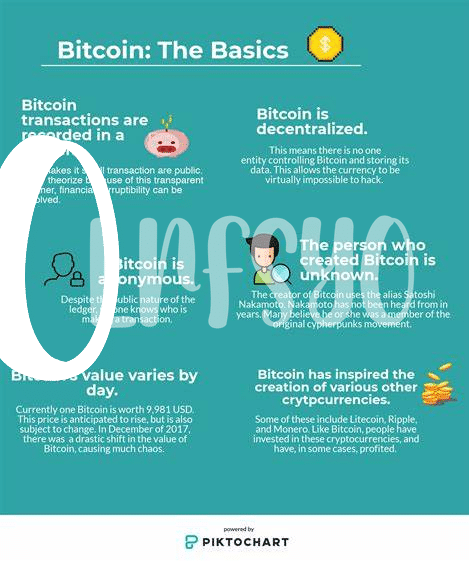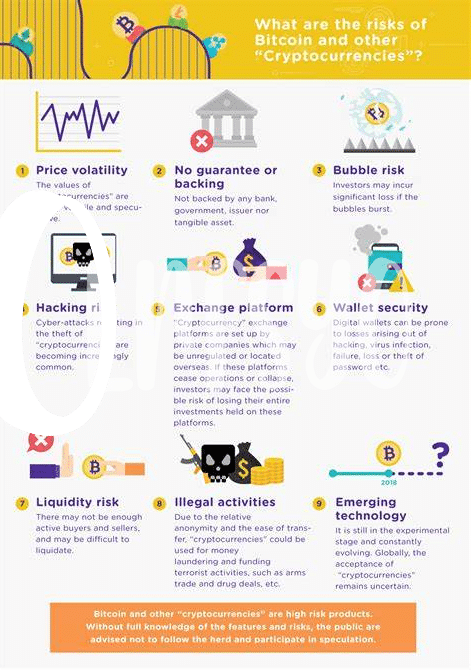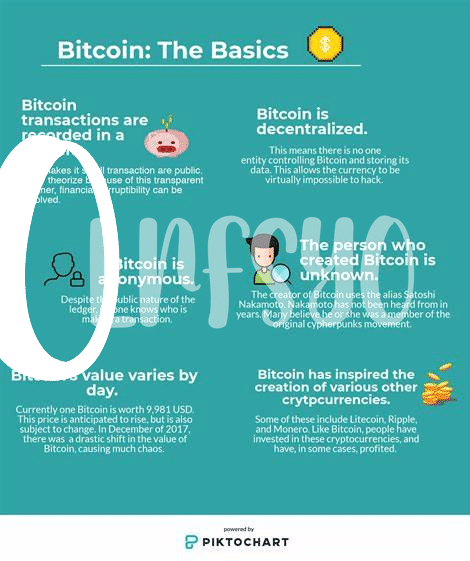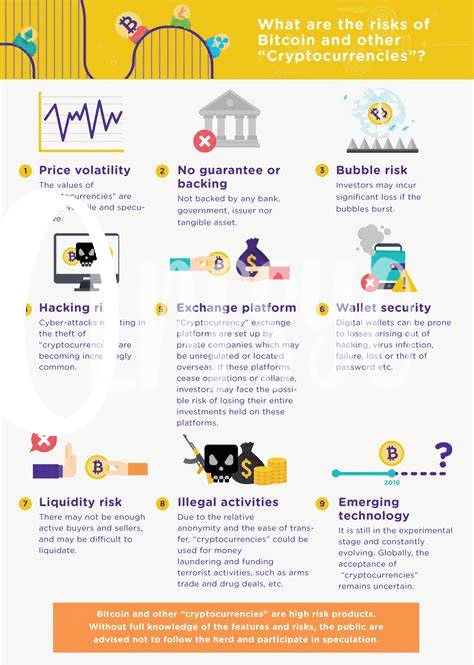🌍 the Big Picture: What Is Bitcoin Mining?

Imagine a world where money isn’t made by printing paper but instead is created using computers and a lot of math. That’s the basic idea behind Bitcoin mining. People use powerful computers to solve complex mathematical puzzles, and when they succeed, they’re rewarded with Bitcoin. This might sound like a digital treasure hunt, and in many ways, it is. However, instead of shovels and maps, miners use software and hardware. Their quest is to add transactions to the blockchain, a public ledger that contains the history of all Bitcoin transactions. This process ensures that everyone agrees on the transaction history, making the system secure and trustworthy.
| Process | Description |
|---|---|
| Creating Bitcoin | Miners solve mathematical puzzles using powerful computers. |
| Transaction Validation | Valid transactions are added to the blockchain. |
| Securing the Network | The mining process helps to prevent fraud and ensures trust. |
But it’s not just about finding digital coins. By verifying transactions, miners help to secure the Bitcoin network. They make sure no one spends their Bitcoins more than once without the need for a central authority. This role is crucial for a system that aspires to be a global digital currency. While it sounds quite high-tech, at its heart, mining is about maintaining the ledger in an honest, orderly fashion. It’s a combination of advanced cryptography, record-keeping, and a lot of computational power.
💡 How Much Energy Does Mining Really Use?
When we talk about mining for Bitcoin, many of us imagine virtual pickaxes and digital treasure. But this treasure hunt consumes a real-world resource that’s becoming more precious by the day: energy. Picture every light in your house, every buzzing appliance, and imagine them all running around the clock. That’s just a tiny sliver of the electricity Bitcoin mining operations use worldwide. This pursuit of digital gold requires vast amounts of power, more than entire countries use in a year. It’s like having a giant running on a treadmill nonstop, except this giant feeds on electricity. And as our appetite for digital currency grows, so does the strain on our power grids and resources. It opens up a conversation not just about the value of digital currencies, but also about the sustainability of creating them. To understand more about how Bitcoin interacts with financial markets and regulations, consider exploring the connection between traditional markets and Bitcoin. This energy tale prompts us to ponder: how do we balance our digital advancements with the health of our planet?
💧 Water Usage in Mining: a Hidden Problem

When we talk about Bitcoin mining, our minds often dart to the energy it consumes, painting images of large, humming computers solving complex math problems. Yet, a less discussed but equally important issue is how much water this process needs. It’s like every computer is a little fish, needing a pond to swim in. This water is mainly used to cool down the computers, preventing them from overheating as they work tirelessly. In some regions, the amount of water used for this can be quite significant, particularly in areas where water is already a scarce resource. Imagine a small town, its reservoirs running low, yet nearby Bitcoin operations consume thousands of gallons just to keep things cool. This scenario has led to growing concerns about sustainability and the environmental impact of digital currencies. As we navigate these digital waters, exploring innovative solutions to minimize water use becomes imperative. Could we perhaps look to renewable energy or new technologies to create a more harmonious balance between our digital advancements and our planet’s health? 🌊🤔💡
🏭 the Carbon Footprint of Bitcoin Mining Operations

When we think about the environmental impact of Bitcoin mining, one of the most talked-about issues is its carbon footprint. This is essentially the amount of carbon dioxide (CO₂) emissions the mining generates. Imagine all the computers around the world working day and night to solve complex puzzles – this requires a tremendous amount of electricity. Much of this electricity comes from fossil fuels, which, when burned, release CO₂ into our atmosphere. It’s like adding extra cars on an already congested road, but in this case, the road is our atmosphere, and the cars are CO₂ molecules, contributing to global warming and climate change.
To understand the whole story, it’s helpful to look into how is bitcoin regulated for beginners. While the chase for Bitcoin might seem like a modern-day gold rush, the downside is the environmental toll it takes, specifically through its carbon emissions. But it’s not all doom and gloom. The Bitcoin community is becoming increasingly aware of the issue, sparking debates and inspiring a search for greener solutions. Reducing the carbon footprint of Bitcoin mining operations is crucial, not only to protect our planet but also to ensure the sustainable growth of cryptocurrencies. By turning the conversation towards sustainability, the hope is that future mining endeavors will lean towards renewable energy sources, thus reducing their impact on the environment.
🌱 Can Bitcoin Mining Go Green? Possible Solutions
Imagine a world where the buzz and whir of computers mining Bitcoin don’t harm the planet but actually help it. Sounds like a dream, right? But it’s becoming more possible every day. People are getting creative, looking for ways to make Bitcoin mining eco-friendly. One big idea is using renewable energy sources like wind, solar, and hydro power. These aren’t just kinder to the planet; they could also make mining cheaper in the long run, since sunlight and wind are free once you’ve set up the equipment. Plus, some folks are talking about capturing the heat from all those mining computers and using it to warm buildings during the cold months, which is pretty clever if you think about it.
| Solution | Benefits | Challenges |
|---|---|---|
| Renewable Energy | Reduces carbon footprint, potentially lower costs | Initial setup can be expensive and complex |
| Heat Capture | Reuses wasted energy, provides heating | Requires innovative technology and infrastructure |
By weaving these solutions into the fabric of Bitcoin mining, we light a path towards a greener, more sustainable future. It’s not just about keeping our planet safe; it’s also about ensuring the world of cryptocurrency has a place in our eco-conscious world. The journey won’t be easy, and it’s filled with technical, financial, and regulatory hurdles. But with the right mix of innovation, investment, and community support, Bitcoin mining could indeed go green, proving that even in the digital age, we can find harmony with our natural world.
🔄 Recycling Energy: Innovations in Mining Efficiency

Think of a world where not a single drop of energy goes to waste – that’s the vision driving the latest innovations in the world of Bitcoin mining. By recycling energy, miners are turning the tables on how we view sustainability in the digital currency realm. Imagine the excess heat from mining rigs being reused to warm up homes in chilly climates or to power additional computing operations. 💡🔄 This isn’t just a pipe dream. It’s happening right now, with innovative solutions popping up all over the globe. These advancements not only aim to slash the carbon footprint associated with mining but also make the whole process more cost-effective. As we venture further into this journey, the mantra of ‘waste not, want not’ could indeed become the guiding principle for a greener, more sustainable Bitcoin mining industry. For a deeper dive into Bitcoin itself, especially if you’re curious about what sets its market value, don’t miss this essential read on when was bitcoin created and the blockchain.
